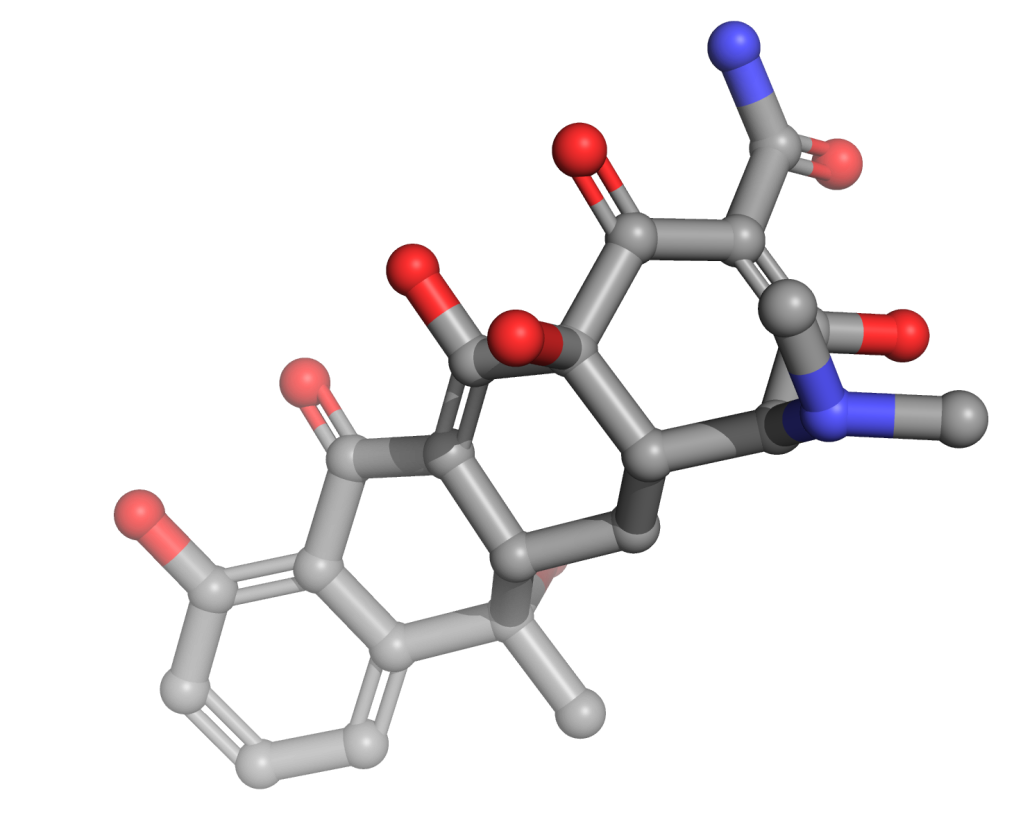Jaguar for Life Science
Quantum mechanics solution for rapid and accurate prediction of molecular structures and properties

Quantum mechanics solution for rapid and accurate prediction of molecular structures and properties



Jaguar is a well-validated, robust, high-performance quantum mechanics package that applies rapid ab initio calculations to accurately predict structures and compute molecular properties of novel molecular systems of all sizes.
With analytic second derivatives and dispersion corrections
Model important solvent effects by a variety of implicit solvation models
Between reactants, products, and transition states; generate potential energy surfaces with respect to variations in internal coordinates
Including pKa prediction, conformationally-averaged VCD and ECD spectroscopy, tautomer generation and ranking, and heat of formation
Including molecular orbitals, electrostatic potential projected on isodensity, spin density, and non-covalent interactions
Which facilitates the study of large, challenging real-world systems
Discover how Schrödinger technology is being used to solve real-world research challenges.
Collaborative enterprise platform and physics-based digital assays empower a team of experts to tackle a challenging target — α4β7 integrin
Stereoisomers of pharmaceutically relevant molecules may have different effects on living organisms. Therefore, knowledge of the absolute stereo-configuration of the synthesized drug is of critical importance.
The pKa of a drug is a key physicochemical property to consider in the drug discovery process given its importance in determining the ionization state of a molecule at physiological pH.

Learn more about the technical details of Jaguar and its applications.

Learn more about the related computational technologies available to progress your research projects.
Accurate, physics-based modeling of the aqueous ionization and speciation behavior of small molecules
Conformationally-dependent spectroscopic characterization based on quantum mechanics calculations
Browse the list of peer-reviewed publications using Schrödinger technology in related application areas.
Level up your skill set with hands-on, online molecular modeling courses. These self-paced courses cover a range of scientific topics and include access to Schrödinger software and support.
Learn how to deploy the technology and best practices of Schrödinger software for your project success. Find training resources, tutorials, quick start guides, videos, and more.